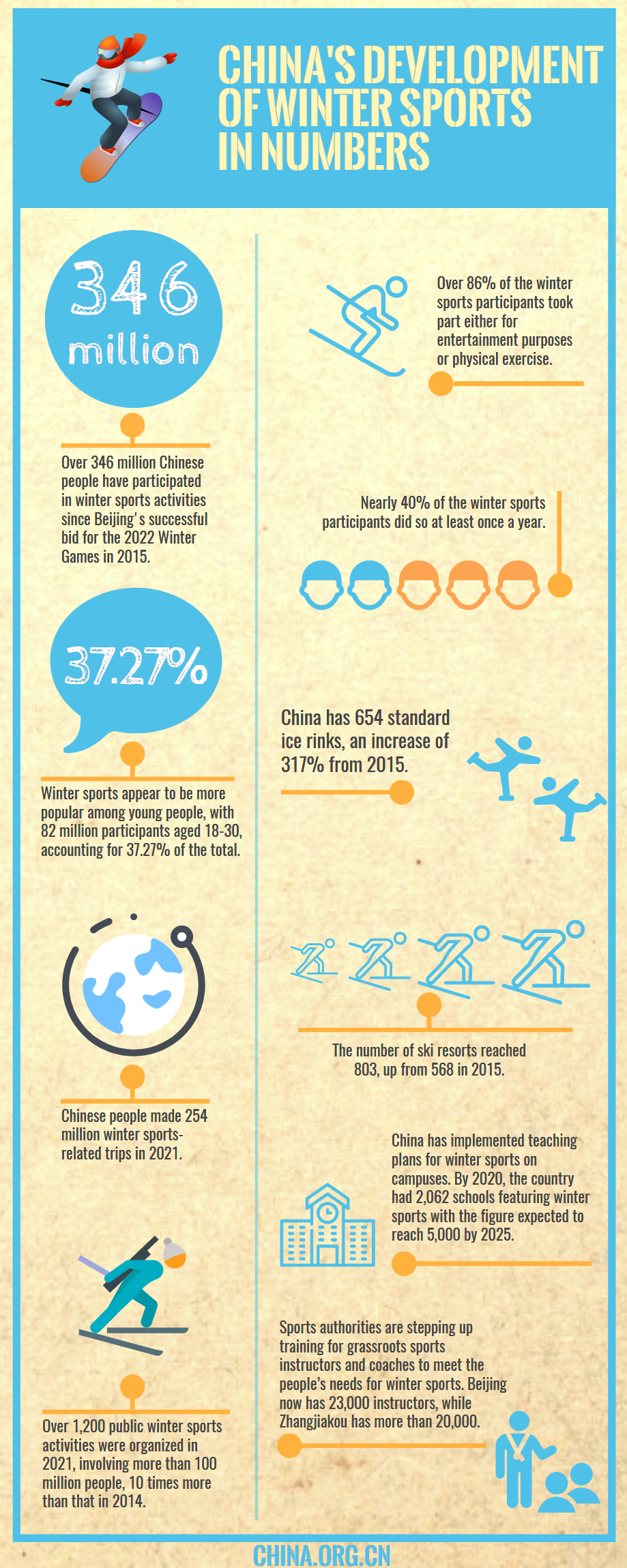



This portrait is believed to be the "truest portrait of Yue in all extant materials." Yue Fei is the second person from the left. The "Four Generals of Zhongxing" painted by Liu Songnian during the Southern Song Dynasty. Historically and technically related martial arts include Dai Xin Yi Liu He Quan, Liu He Xin Yi Quan and Yi Quan. The most basic notions of movement and body mechanics in the art were heavily influenced by the practice of staves and spears. Methods vary from school to school, but always include bare-handed fighting training (mostly in single movements/combinations and sometimes in forms) and the training of weapons usage with similar or identical body mechanics to that used for bare-handed intense fighting. A practitioner of Xing Yi uses coordinated movements to generate bursts of power intended to overwhelm the opponent, simultaneously attacking and defending. Xing Yi is characterized by aggressive, seemingly linear movements and explosive power that's most often applied from a short range. The name of the art translates approximately to "Form-Intention Fist", or "Shape-Will Fist". Xing Yi Quan is classified as one of the internal styles of Chinese martial arts. Modern Xing Yi originated from Dai Clan's Liu He Xin Yi Quan, was heavily influenced by military spear techniques, and was possibly also affected and shaped by other styles as well. The historical origins of this Martial art are thoroughly disputed (see under Lineage chart) and remain unclear. Li Luoneng, 19th century (founder of modern Xing Yi Quan). Yue Fei, circa 12th century (attributed as the legendary founder). Internal mechanics ( neijia), Striking, Takedownsīoth hard and soft, depending on application


 0 kommentar(er)
0 kommentar(er)
